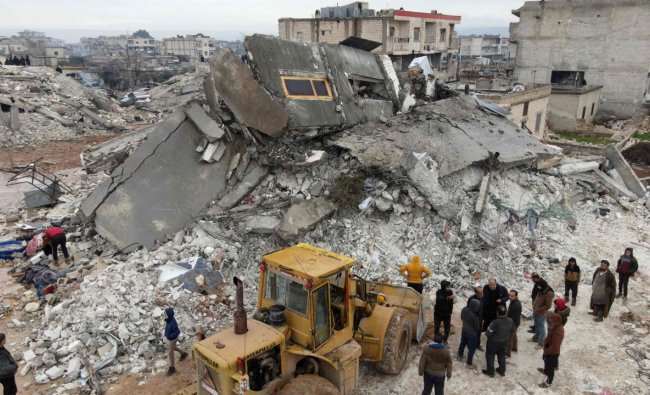Earthquakes in Syria and Turkey
March 1, 2023
Several severe earthquakes that caused extensive damage and fatalities recently struck Turkey and Syria. The force and unpredictable nature of nature, as well as the value of preparation and response procedures, all served as reminders of these earthquakes.
Both Turkey and Syria are located on the Anatolian Plate, which is one of the most seismically active regions in the world. This is due to the plate’s position at the boundary between the Eurasian plate and the Arabian plate, which causes the significant tectonic activity
Earthquakes occur when two plates slide against each other, releasing energy that causes vibrations in the earth’s surface. In the case of Turkey and Syria, this activity is particularly intense due to the complex geological structure of the region. The collision between the two plates has created a series of faults and fractures in the earth’s crust, which make the region particularly vulnerable to seismic activity.
Over the years, Turkey and Syria have experienced several devastating earthquakes that have caused significant loss of life and damage to infrastructure. One of the most severe earthquakes in recent history was the earthquake that struck Eastern Turkey in 2011, which had a magnitude of 7.2 and resulted in the deaths of more than 600 people.
Another significant earthquake occurred in western Turkey in 1999, which had a magnitude of 7.4 and resulted in the deaths of more than 17,000 people. In Syria, earthquakes also had a significant impact, with a 6.3 magnitude earthquake striking near the city of Hama in 2018, resulting in the deaths of four people and causing significant damage to buildings.
(Image Credit: Rami al-Sayed/AFP/Getty)






